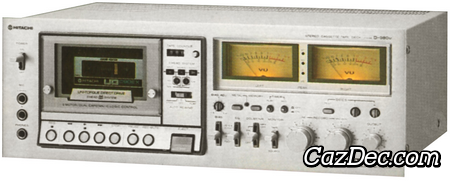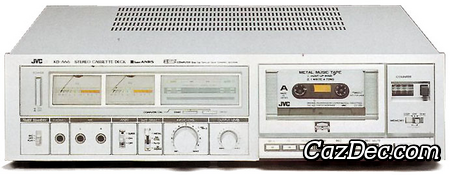
Aiwa AD-F90M Stereo Cassette Deck






The Aiwa AD-F90M is a stereo cassette deck with double Dolby B noise reduction, it was introduced by Aiwa in 1978 and discontinued 2 years later in 1980.
The main features of the Aiwa AD-F90M cassette deck are: 3 heads and off-tape monitoring, analog 3 digit tape counter and memory stop, manual tape type selection with support for normal, chrome, ferro-chrome and metal tapes, belt driven single-capstan transport.
Typical front loading cassette deck with the cassette compartiment located on the left side of the deck. Tape eject is operated mechanically and the cassette needs to be placed with the side to be played facing forward in the cassette well.
Level meters used on the Aiwa AD-F90M cassette deck are analog needle VU reading meters with peak hold for easy adjustment of optimum recording level. Full-logic transport controls used on the Aiwa AD-F90M let it respond to the slightest finger contact for fast and effortless transport function selection. Cue and review can be used to easily and quickly locate the beginning of a passage.
To ensure the best response from the wide variety of tapes available adjustment of, bias, to optimum levels can be performed prior to recording.
The Dolby-B system reduces tape hiss on tapes recorded on the Aiwa AD-F90M by as much as 10 dB at the highest frequencies. The three-head configuration of the Aiwa AD-F90M requires a Double Dolby system, one for recording and one for playback. To further maintain recording accuracy, the AD-F90M incorporates a switchable multiplex filter. When you record FM stereo broadcasts, the MPX filter of the AD-F90M can be swiched on to prevent the standard 19kHz FM pilot signal from interfering with the noise reduction system.
To make live recordings this deck has 2 microphone inputs to connect microphones with a jack connector. For undisturbed listening a jack connector for a pair of stereo headphones is supplied. Connection to other audio components for plaback can be achieved by a RCA cable and recording from a source by a RCA cable. All main transport commands can be issued remotely with a wireless remote control.

- FRTS (Flat Response Tuning System)
- Japanese Market
- Dual Motor Drive
- 3 Head
Historic events
Features of Aiwa AD-F90M

 Manual Bias Calibration
Manual Bias Calibration

 2 Mono Microphone Inputs
2 Mono Microphone Inputs
 RCA Input/Output Connectors
RCA Input/Output Connectors
 Headphones
Headphones
 Front Input Connector
Front Input Connector
 Wireless Remote Control Receiver
Wireless Remote Control Receiver
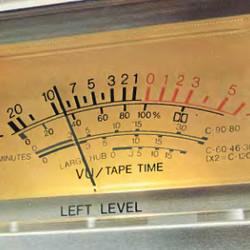
 3-Digıt Mechanical Counter
3-Digıt Mechanical Counter
 Peak Hold
Peak Hold
 Meters Peak / VU Switchable
Meters Peak / VU Switchable
 Analog Needle Meters
Analog Needle Meters
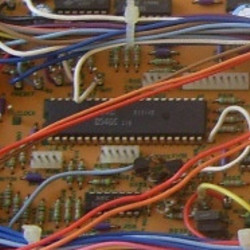
 Normal Frequency Bias Oscillator
Normal Frequency Bias Oscillator
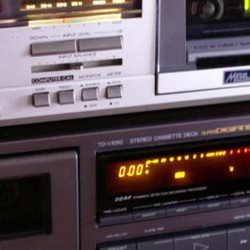
 Orientation Left
Orientation Left
 Black Finish
Black Finish
 Front Loading
Front Loading
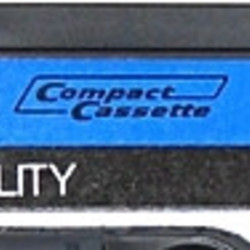
 Stereo
Stereo
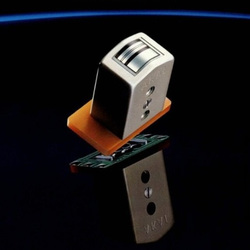
 3 Head Desiǥn
3 Head Desiǥn
 4 Track / 2 Channel
4 Track / 2 Channel
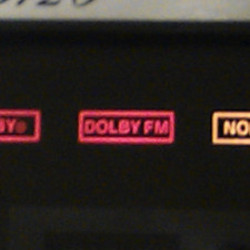
 Cassette Back Lighting
Cassette Back Lighting
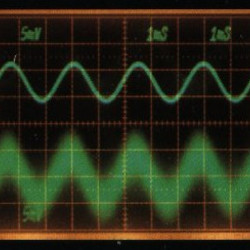
 Dolby-B Noise Reduction
Dolby-B Noise Reduction
 MPX Filter
MPX Filter
 Double Dolby NR Circuits
Double Dolby NR Circuits
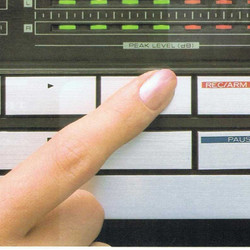
 Full Logic Transport Control
Full Logic Transport Control
 Memory Repeat
Memory Repeat
 Cue / Review
Cue / Review
 Timer Recording/Playback
Timer Recording/Playback
 Record Mute
Record Mute
 Memory Stop
Memory Stop
 Real-Time Tape Monitoring
Real-Time Tape Monitoring
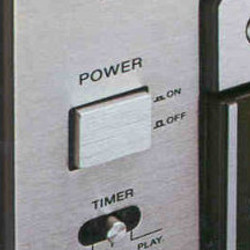
 Alternating Current
Alternating Current
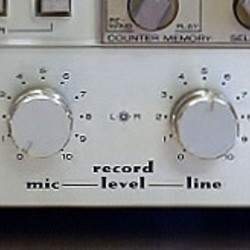
 Microphone Level Adjust (Left/Right)
Microphone Level Adjust (Left/Right)
 Individual Input Level Controls
Individual Input Level Controls
 Output-Level Control
Output-Level Control
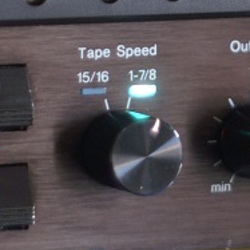
 1⅞ ips - 4.76 cm/s
1⅞ ips - 4.76 cm/s
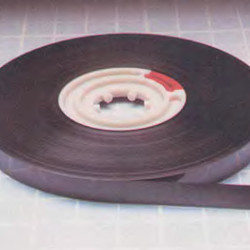
 Manual Tape Type Selection
Manual Tape Type Selection
 Ferro-Chrome Tape Capabilıty
Ferro-Chrome Tape Capabilıty
 3-Position Equalization Selector
3-Position Equalization Selector
 Normal Tape Capabilıty
Normal Tape Capabilıty
 Chrome Tape Capabilıty
Chrome Tape Capabilıty
 Metal Tape Capabilıty
Metal Tape Capabilıty

 2x Motor Mechanism
2x Motor Mechanism
 Auto Shutoff
Auto Shutoff
 Mechanical Tape Loading
Mechanical Tape Loading
 Sìngle Capsŧan Transport
Sìngle Capsŧan Transport
 Belt Drive (Capsŧan)
Belt Drive (Capsŧan)
Similar to Aiwa AD-F90M from the period 1978 - 1980
Notice on copying anything
Copying Aiwa AD-F90M information from this site and use it in your auction or on your website is not allowed. A link to this page for Aiwa AD-F90M is allowed from your website or auction.










